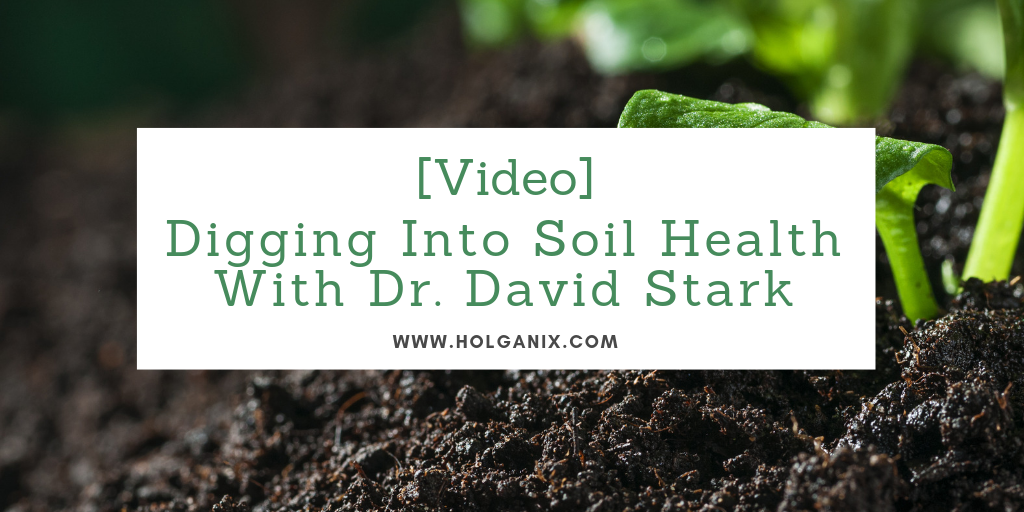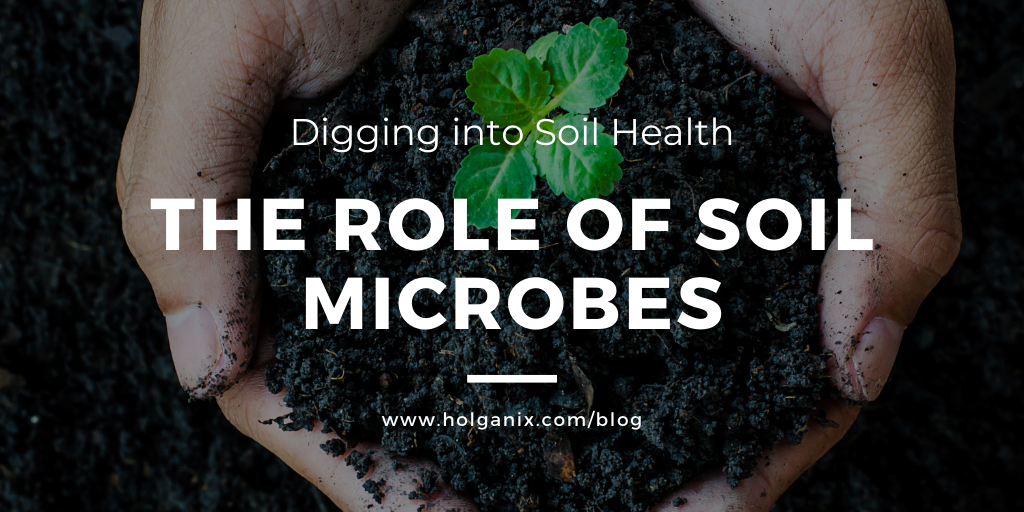Understanding the power of soil microbes is still a novel and new concept in the industry. Over the past few years, new exciting studies have proven the effects soil microbes can have on plant and soil health. We've compiled 5 fun facts in a SlideShare about soil microbes for our readers.
Click the SlideShare to flip through the facts, or skip the SlideShare and just read our facts below. If you are reading this blog via email, click here to access the SlideShare.
#1 Losing Soils
President D. Roosevelt once said, “a nation that destroys its soils destroys itself. Forests are the lungs of our land, purifying the air and giving fresh strength to our people.”
Yet despite its importance, we have lost about half of the topsoil on the planet over the last 150 years. According to the University of Sydney Scientific Director, Dr. John Crawford in an interview in Time Magazine, “a rough calculation of current rates of soil degradation suggests we have about 60 years of topsoil left. Some 40% of soil used for agriculture around the world is classed as either degraded or seriously degraded.”
#2 Microbes Are Everywhere!
There are more microbes in a teaspoon of soil than there are people on earth. In fact, according to this Ohio State article, “Soils contain about 8-to-15 tons of bacteria, fungi, protozoa, nematodes, earthworms, and arthropods.
#3 Fertilizer Factories & Shields
“Microbes are like mini Fertilizer factories,” explains Dr. Robert Neidermyer, Holganix Director of Plant & Soil Science.
For example, microbes like Nitrogen Fixing Bacteria and Phosphorus Solubilizing Bacteria release nutrients locked in the soil and make them available to the plant. Fungi like Mycorrhizae, travel across large swaths of soil to hunt down nutrients and water for plants. Further, having a diverse amount of bacteria and fungi allow the microbes to help protect plants from harmful pathogens.
#4 Largest Organism On Earth
Mycorrhizae Fungi form synergistic relationships with trees. In exchange for sugars excreted by the plant, mycorrhizae produce thousands of linear miles of “hyphae” in the soil to mine nutrients and water for plants. In fact, the largest organism on earth is a 2.5-mile-wide Honey Mushroom (Armillarea ostoyae).
To learn more about the power of mycorrhizae and their relationship with trees, watch the 1.5-minute video below from National Geographic.
#5 We Are More Bacteria Than Human
Humans are about 95% bacteria and 5% human. The consortium of all microbes that live on and within humans is called our microbiome.
Want to Learn More About Soil Health and Soil Microbes?
Download our soil science eBook to explore:
1. How the Soil Food Web supports healthy plants
2. The power behind soil microbes
3. Soil types and how to improve the health of your soil

 |
October 4, 2018
|
5:22 PM
|
October 4, 2018
|
5:22 PM
-2.jpg)
-1.jpg)
-1.jpg)
-1.jpg)
.jpg)

-2.jpg)
-1.jpg)
-1.jpg)
-1.jpg)
.jpg)





.webp)
-1%20(1).webp)
-831535-2.webp)




.png)
